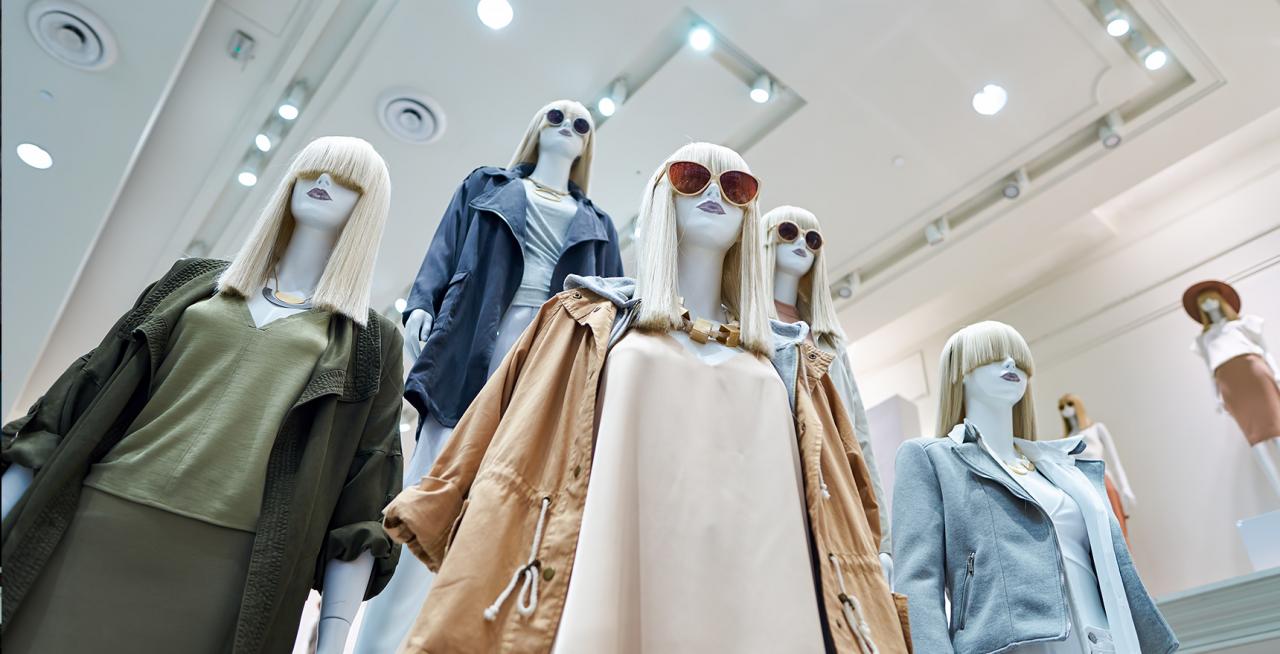In a world where sustainability is becoming increasingly important, fashion is no exception. As we strive to make more environmentally conscious choices in all aspects of our lives, “Green is the New Black” has become a motto for the eco-conscious fashionistas. From organic fabrics to upcycled materials, the fashion industry is quickly adapting to meet the demands of a more eco-friendly future. Let’s explore some of the latest trends in eco-friendly fashion and how you can incorporate them into your wardrobe.

Eco-Friendly Fabrics
When it comes to eco-friendly fashion trends, embracing sustainable materials is key. From organic cotton and bamboo to recycled polyester and Tencel, there are plenty of options for those looking to reduce their environmental impact. These fabrics not only help to minimize the use of harmful chemicals and water in the production process but also promote a healthier planet.
By opting for eco-friendly fabrics, fashion lovers can make a conscious choice to support sustainable practices in the industry and reduce their carbon footprint. Plus, with advancements in technology, eco-friendly fabrics are becoming more stylish and versatile than ever, proving that fashion doesn’t have to sacrifice sustainability.
Minimalism and Capsule Wardrobes
Another way to embrace eco-friendly fashion trends is through minimalism and capsule wardrobes. By focusing on quality over quantity and investing in timeless pieces, individuals can reduce waste in the fashion industry. Capsule wardrobes encourage mixing and matching to create a variety of looks with fewer items, ultimately leading to a more sustainable and clutter-free closet.
By adopting a minimalist approach to fashion, consumers can challenge the fast fashion cycle and shift towards a more sustainable lifestyle. This not only promotes conscious consumption but also helps to support ethical production practices in the industry.
Second-Hand Shopping and Upcycling
Giving new life to old clothes is another way to contribute to the eco-friendly fashion trend. Second-hand shopping and upcycling allow fashion enthusiasts to reduce waste by repurposing and reusing existing garments. Thrifting not only offers unique and affordable finds but also supports the circular economy by extending the lifespan of clothing items.
Through upcycling, creative individuals can transform old pieces into new designs, showcasing their personal style while promoting sustainability. By incorporating second-hand shopping and upcycling into their fashion routines, consumers can make a positive impact on the environment and reduce their carbon footprint.
Ethical Production Practices
Supporting fair wages and safe working conditions in the fashion industry is essential for promoting eco-friendly fashion trends. By choosing brands that prioritize ethical production practices, consumers can help to ensure that garment workers are treated with dignity and respect. This not only improves the livelihoods of workers but also upholds human rights and environmental standards.
By advocating for transparency and accountability in the fashion supply chain, consumers can push for positive change within the industry. Supporting ethical production practices is not only a step towards sustainability but also a way to promote social responsibility and justice within the fashion world.
In Conclusion
In conclusion, the future of fashion is looking greener than ever. By embracing eco-friendly and sustainable practices, we can not only look good but also feel good about the impact we are making on the planet. Let’s continue to support the rise of eco-friendly fashion trends and make green the new black in the industry. Together, we can create a more sustainable and stylish future for all.



